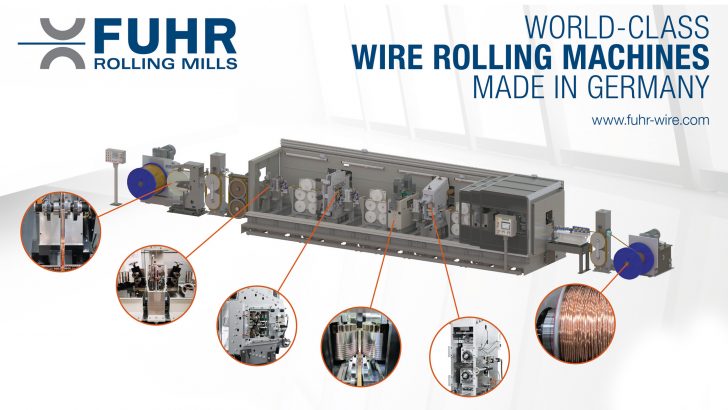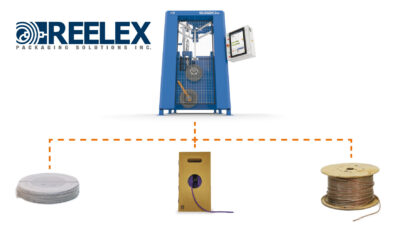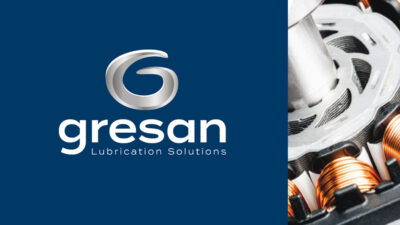Enamel-insulated rectangular wire for the electric mobility


Insulated copper wires are used in windings for electric motors, generators and transformers. The automotive industry’s entry into electric mobility has created new challenges for manufacturers of enamelled wire.
State of the art in transformer construction Usually, round wires are used. However, in large transformers (e.g. in power stations), enamel-insulated rectangular wires have been preferred since decades, because they significantly improve power density and efficiency.
The enamel-insulation is very thin with a layer thickness of 50 to 150 μm. The lacquer is applied in 10 to 20 layers, i.e. the individual layer might be just 5 μm. Whilst the bare wire passes a lacquer bath and a calibration nozzle, spare lacquer is stripped off. Repeated passaging a hot-air oven burns in the layer. Due to the small layer thickness, the first calibration nozzle is only a few micrometres larger than the bare wire. If the wire does not have the correct dimensions, enamel coating might be either too thin or too thick and insulation faults occur, which then lead to failure of the winding during operation.
The production of high-precision enamelable rectangular copper wires is much more difficult than the production of round wire. If drawing dies are used, a significantly worse – because asymmetrical – lubricating film of the cooling fluid is formed compared to drawing round wires. At speeds above 60 m/min, the lubricant film begins to crack in the area of the edge radii. A failure of the drawing die is the consequence. When drawing round wires, much higher speeds of up to 3000 m/min are achieved due to the more beneficial lubrication conditions. In addition to this speed restriction, another reason not to use profile drawing dies is the low degree of standardisation in transformer construction. Nearly every project requires different wire dimensions, so that short-term procurement or stockpiling is a considerable logistical problem.
Furthermore, the speed of enamelling lines for rectangular wires is significantly lower with max. 25 m/min than that of round wire lines. Here, asymmetry is the main reason making uniform enamelling difficult at higher speeds, too.
In order to achieve higher production speeds and a high degree of flexibility, rectangular copper wires for transformer construction are usually not produced in line with enamelling lines, but are rolled, coiled and insulated in high-performance rolling mills in multi-core enamelling lines. For this application, FUHR has been developing and selling rolling mills for many years, which meet the requirements of the transformer industry for precision, flexibility and productivity.
These machines have been continuously optimised. Typical production speeds today range from 200 to 800 m/min, depending on the producible cross section. One rolling line supplies approx. 8 to 15 painting lines. State of the art is a rolling mill with five rolling steps: two two-high mills and two roundrolling mills are responsible for the pre-profiling. The final calibration is carried out in FUHR’s WST-type, universal profile rolling mill.






